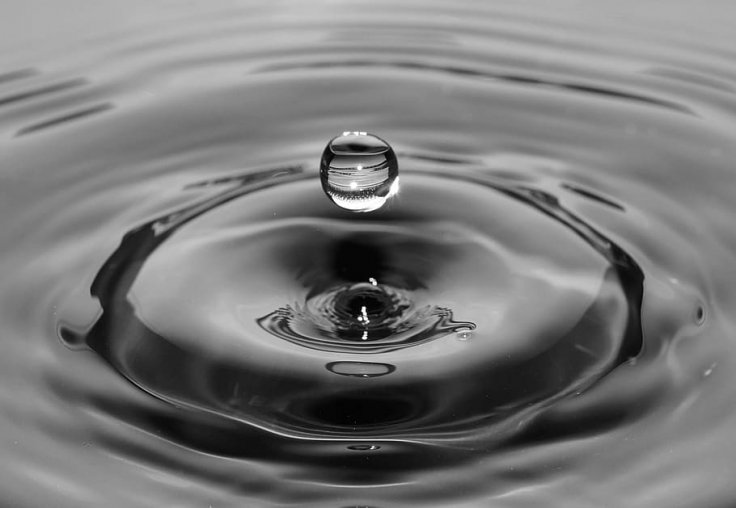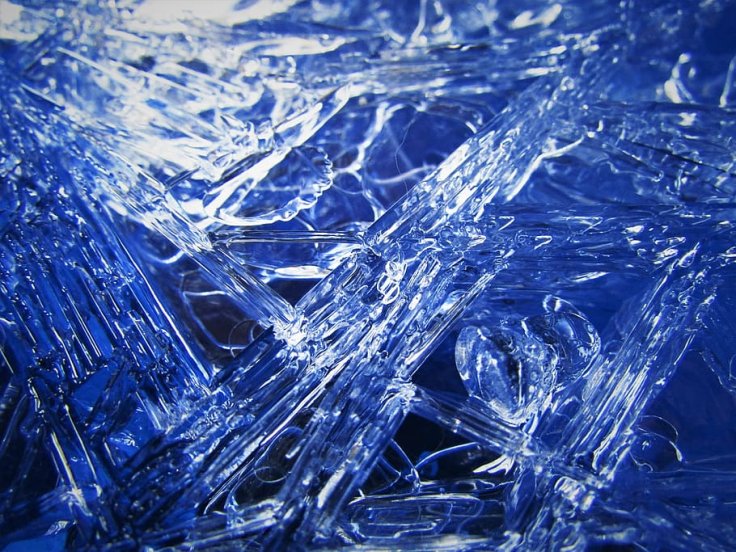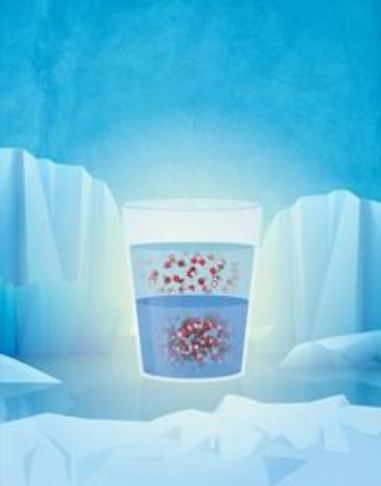Water is the essence of life. Without its existence, nearly all living organisms on Earth would perish. Mankind has continued to learn about its properties for millennia. However, there is much more to water than what is known. It can exist in two liquid states, and not just one.
In a study published in the journal Science, researchers established through experiments and computer simulations that super-cooled water undergoes a transformation from high-density to low-density states under the right conditions. The existence of water in double liquid states can explain many of its characteristics such as its response to changes in temperature and pressure that are wholly varied from other known liquids.
An All-pervasive Element
Being one of the most abundant substances on Earth and a universal solvent, water plays a crucial and rudimentary role in several areas such as material science, climate, biochemistry, cryobiology, and cryopreservation. It also plays an integral part in numerous industrial processes, where it serves as a reactant, product, impurity, or solvent.

Prof. Nicolas Giovambattista, co-author of the study, stated that the potential presence of water in two different states was proposed nearly 30 years ago. Theoretical simulations have suggested intensely supercooled water transitions from high- and low-density forms. However, experimental study of the transition has been a challenge as it takes place under conditions where the crystallization of ice is exceedingly quick.
"This counterintuitive hypothesis has been one of the most important questions in the chemistry and physics of water, and a controversial scenario since its beginnings. This is because experiments that can access the two liquid states in water have been very challenging due to the apparently unavoidable ice formation at the conditions where the two liquids should exist," explained Giovambattista, in a statement.
Seeking the Two Liquid States of Water
For the study, the team prepared samples of supercooled liquid water by employing a combination of x-ray lasers for rapid structure determination along with infrared pulses to rapidly heat shapeless ice layers that were formed at approximately -73 C (around 200 K). The heating process resulted in the creation of high-density liquid water at elevated pressures.

While the layer expanded and underwent decompression, low-density liquid water was formed and increased on time scales between 20 nanoseconds and 3 microseconds. The density of the two liquids was found to differ by 20 percent and the exhibited properties were different as well.
Additionally, computer simulations were also performed by the team. This facilitated the easier interpretation of results as the experiment itself was incredibly complex, and some of the observables were not obtainable during the experiment.
Proving A Long-held Theory

The results of the study suggest that the dynamics of these two processes provide the necessary evidence to establish that liquid-liquid transition can occur in supercooled water. The findings also imply that under ideal conditions, water must able to exist like two immiscible liquids that are separated by a fine interface, much like how oil and water co-exist.
Therefore, water's uncommon characteristic of being present in two liquid states can have a profound effect on various engineering and scientific applications. "It remains an open question how the presence of two liquids may affect the behavior of aqueous solutions in general, and in particular, how the two liquids may affect biomolecules in aqueous environments. This motivates further studies in the search for potential applications," concluded Giovambattista.









